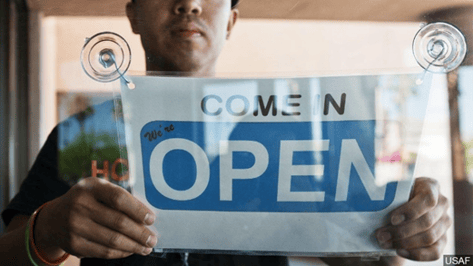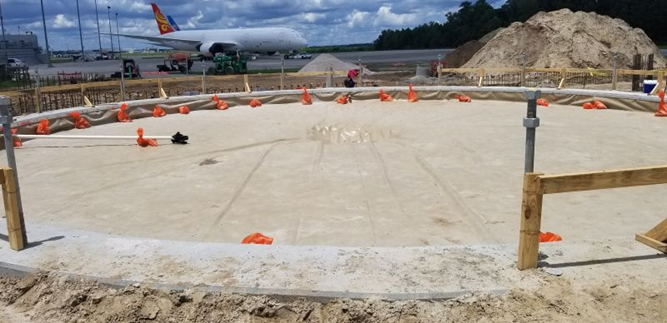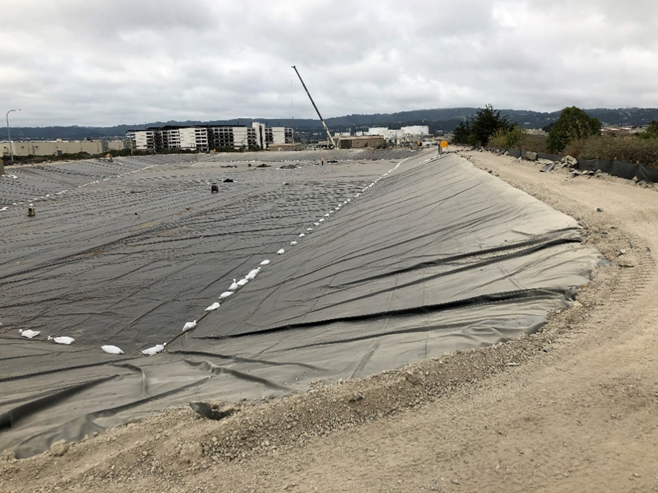A recent article, written on behalf of the Water and Wastewater Equipment Manufacturers Association (WWEMA), detailed the complexity of contracts in today’s world. The article addresses the problems in the context of the water and wastewater industry, which includes a substantial portion of the geomembrane industry.
Most construction projects that were designed pre-pandemic have been through the same environment in the last several years:
- 2017–2019: Projects were designed in collaboration with equipment suppliers. Budgets were established based on scheduled bid dates. The project timeline is/was established in conjunction with the bids if they occurred.
- 2020: The world slowed, but the public water and wastewater industry stayed closer to scheduled timelines than most industries. This is primarily a public industry that gets its funding from commitments far in advance.
- 2021: Mid-pandemic, consumer confidence grew, and demand escalated rapidly. Construction in all sectors came back to life. Along with it came increased costs in all areas, including capital goods. Supply chains and routes were slow to regain momentum, and the surge in demand created shortages not seen previously on a widespread basis. The surge in consumer demand became a competitive force with capital goods, including water and wastewater equipment, such as geomembranes, both in supply and logistics.
- 2022: This year has seen a continuation of 2021, including labor shortages. During the pandemic, anticipated baby boomer retirements and low workforce participation added to the material and equipment shortages. Everything takes longer to get and to get done. Inflation and other cost increases continue.

Source: Wxow.com
What about geomembranes? Are geomembrane quotes from 2019–2020 valid in both cost and delivery?
Supply Chain — Geomembranes have complex chemical contents, including various polymers, specialized additives and fibers. Most are known by their primary component (the XR-5®, for instance, is known as an ethylene copolymer), but geomembranes are in fact a blend of various ingredients to meet the requirements of their application.
Depending on the product and manufacturing, all components may or may not be produced domestically. For that matter, if almost all ingredients are made across the street but several vital additives (accounting for only a small percentage of the total) are delayed, then membrane manufacturing is delayed. A delay high in the supply chain trickles down through the entire supply chain. Sometimes that requires using a substitute (if available) that can cause delays because of testing, performance evaluation and certifications.

Source: aims.education
Cost Increases — There is likely no component of a geomembrane project that has not experienced substantial cost increases in this time period. Prior to 2019, most geomembrane cost increases were due to raw materials. Today, however, virtually every cost component of geomembrane manufacturing and installation is higher: labor, energy, transportation, insurance, raw materials, etc. These extensive cost increases in all segments of the economy certainly were not predicted in 2017–2020.
Depending on the application, the geomembrane component of a project can be early (secondary containment under the floors of above-ground fuel storage tanks) or at the end (impoundment liner) of the project. Regardless, planning for delivery is more important and more complex than ever.
 1936 PTF Urethane Geomembrane Under Tank Floor, Jet A Containment
1936 PTF Urethane Geomembrane Under Tank Floor, Jet A Containment
CHS Airport, South Carolina USA
Source: International Cover Systems

XR-5® Geomembrane, SSO Storage Impoundment
City of South San Francisco, California USA
Source: Seaman Corporation
Geomembranes are a crucial barrier between contained fluids and the environment. The quality of the value chain must be maintained. Adjustments in timelines and budgets will be necessary to provide containment assurance for projects in 2022 and likely 2023.
Be realistic about what is needed to get the geomembrane project completed correctly for the long term.
The entire article can be found at “Re-Evaluating Pre-Pandemic Contracts”, William Flores, Water World, March 2022.



